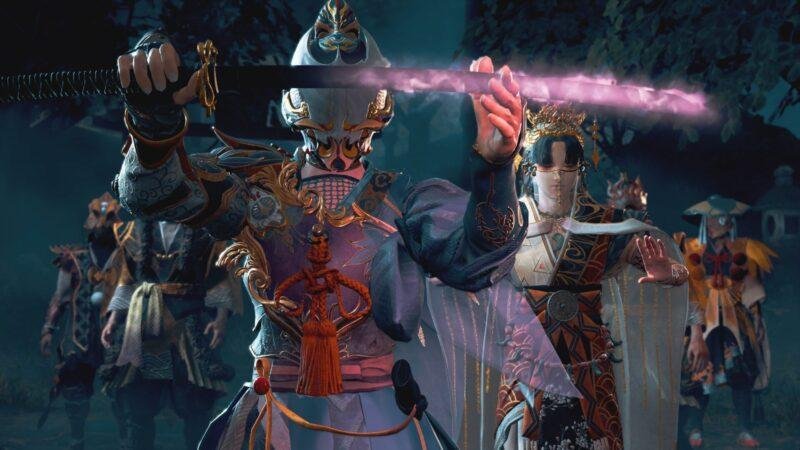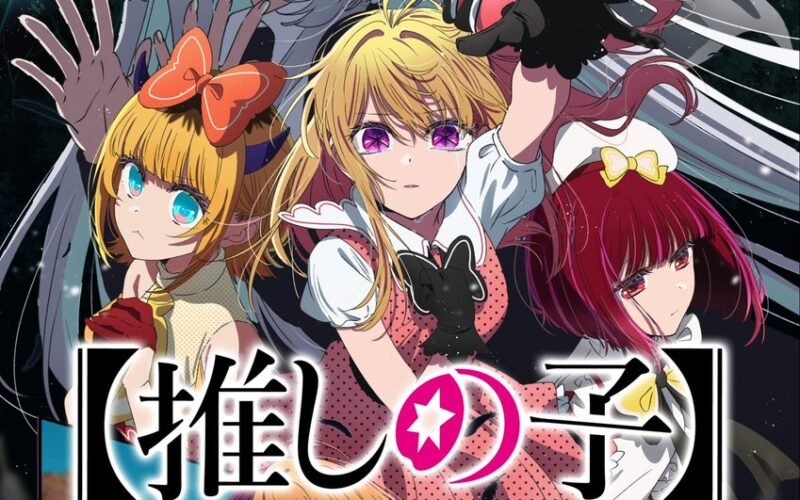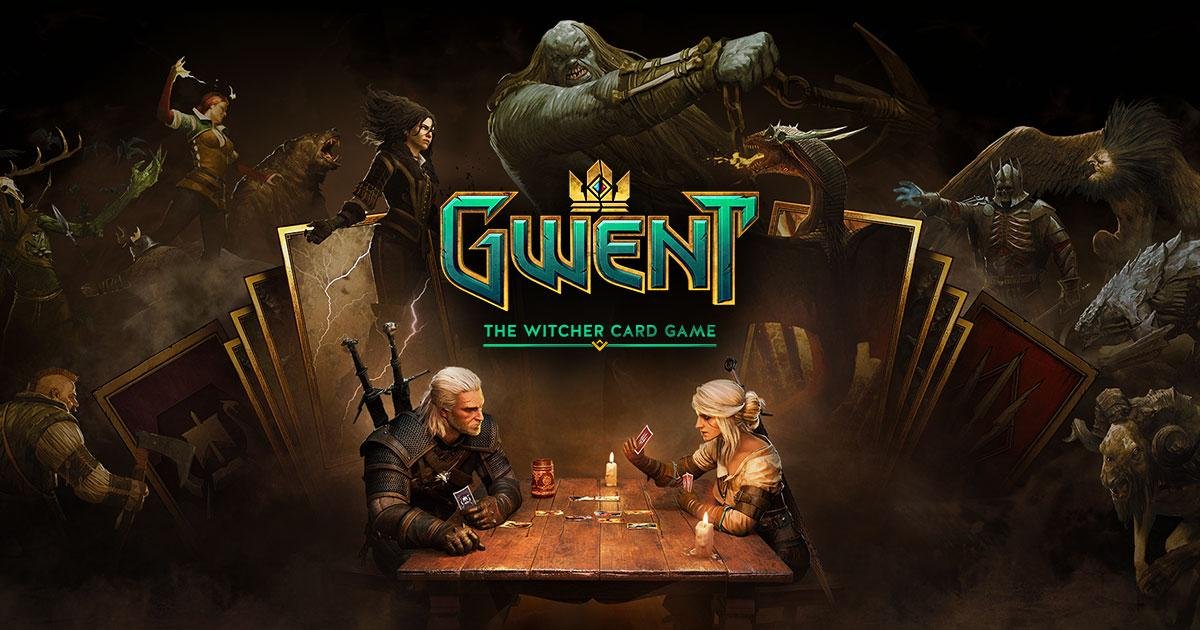Kunitsu-Gami: Path of the Goddess is a unique Japanese-inspired, single player action strategy game inspired by traditional Japanese culture, specifically the sacred Kagura dance which is performed as a Shinto ritual dedicated to local divinities to pray for a good harvest. Achieving 500,000 players within its first month, we were excited to dive into CAPCOM’s latest original title to see what’s in store.
Developed by: CAPCOM
Played on: PlayStation 5
Length: 21 hours (34 hours for completionists)
I’ll start this review by saying I have played all of CAPCOM’s games ranging from Monster Hunter — yes, the very first one until its latest iteration — to Onimusha, to Devil May Cry, and I must say that this game is the personification of sophisticated uniqueness with a pinch of weirdness. Kunitsu-Gami: Path of the Goddess delivers a unique blend of action, strategy, and Japanese mythology, with captivating visuals and engaging combat mechanics.
Mythical, Veiled Silent Storytelling
Kunitsu-Gami takes players into a richly imagined world inspired by Japanese folklore that follows a celestial warrior, chosen by the gods to restore balance between the human realm and the demonic forces threatening it. Mt. Kafuku has been corrupted by defilement and the “Seethe,” a demonic representation of the enemies that stand in your way.
Your goal as Soh, the guardian of the maiden Yoshiro, is to lead her safely down a path on the mountain so she may perform her duty of purifying the evil presence, rescuing villages and their inhabitants along the way.
While the premise is intriguing, the story line itself often feels secondary to the gameplay. Character development is limited, and the plot doesn’t evolve as deeply as one might expect which was one of the aspects that I was really holding out for.
For players who value narrative-driven experiences, the game’s story might feel more like a beautiful backdrop than an emotionally engaging journey. There is no dialogue, similar to Monster Hunter’s early years, so much so that it feels like a silent film at times where you have to figure out many of the story beats and its direction.
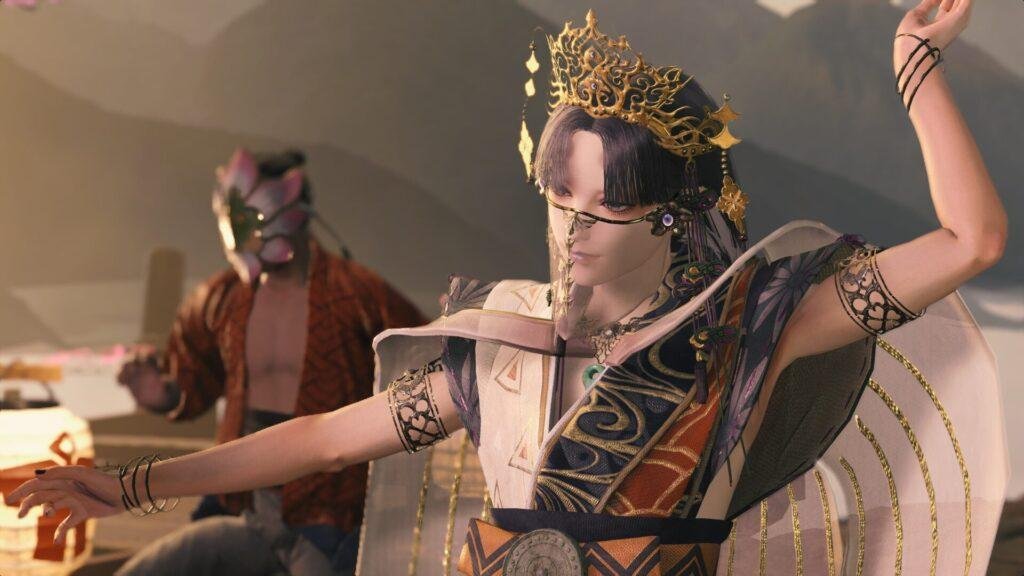
A Complex Fusion of Action & Strategy
The most distinctive feature of Kunitsu-Gami is its fusion of fast-paced action with strategic tower defense planning. The combat system is dynamic, with responsive hack-and-slash mechanics that require precision and timing, particularly during boss fights. The game also introduces a tactical management layer, where players must juggle resources, purify territories, and repair defenses to fend off waves of enemies.
This adds depth to the gameplay, but at times the balance between action and strategy can feel uneven, with some players likely to feel more comfortable in one aspect than the other. However, I personally never faced this issue because I love both of the genres and the clever twist it presented.
Each stage is split into two phases, day and night. During the day phase, your goal is to collect crystals by purifying defilements, rescuing corrupted villagers, and then using your crystals to carve the Spirit Path through the stage for Yoshiro so she may reach the Spirit Gate to cleanse it.
The day stage almost feels like a Harvest Moon scenario, where you tend to your resources and build reinforcements for the battle that is about to come at night. During nightfall, the Seethe emerge from corrupted Spirit Gates to wreak havoc and destroy the villages on the mountain and this is where your tower defense tactics matter the most, as the role allocations and placements you give your villagers determine life and death for Yoshiro.
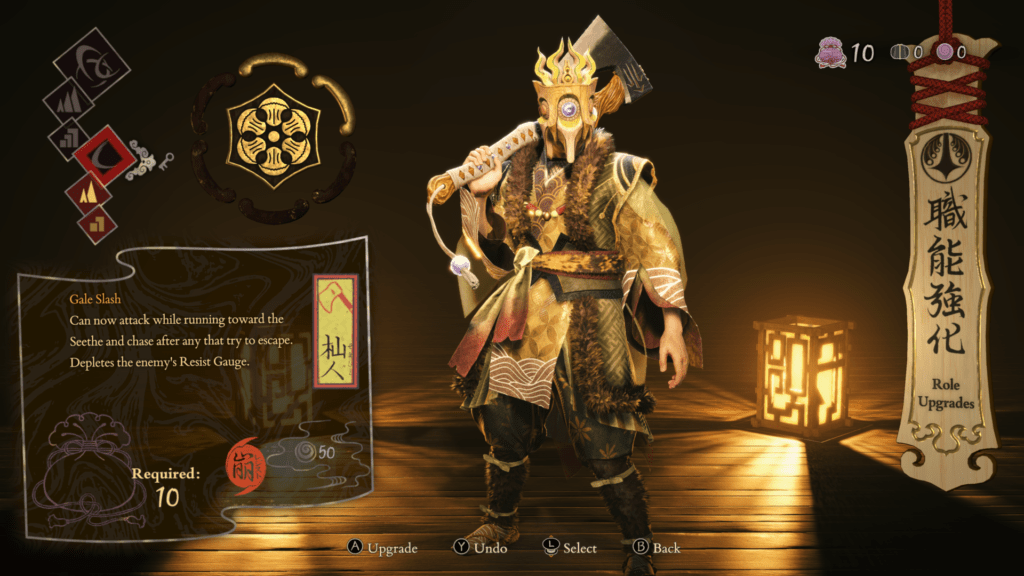
Villagers can change their roles and position in real time during battles, and as you progress through the stages and defeat bosses, you’ll also collect masks which allow you to change a villager’s role – including some interesting ones such as the aggro tank Sumo, the slow but almost infinite ranged Marksman, or one of my favorites, the Ascetic, which slows down Seethe with his barriers. You can even collect resources called Musubi to upgrade your own or a villager’s role abilities.
Completing a stage unlocks a base in that stage’s environment, where you can manage upgrades by talking to Yoshiro, manually save, collect offerings, and repair the structures of the village that was previously corrupted to earn additional rewards. I personally found this XCOM-like base building simulator to be a nice, quiet reprieve between the frantic main stages and bosses.
Supporting the fast paced hack and slash combat scenarios, the controls are generally responsive and intuitive. On the PlayStation 5 console, the game runs smoothly for the most part, but there is the occasional frame rate drop and minor bugs during larger battles. These issues are not game-breaking but can be frustrating in high-stakes encounters where precision is crucial.
Overall, this hybrid system of action and strategy is excellent and makes you really think about your moves two steps in advance, adding a very welcome layer of fresh tactics to everything that you do in the game.

A Sweet Feast For The Eyes
CAPCOM’s attention to visual detail is one of the game’s strongest points. The art style draws heavily from traditional Japanese aesthetics, with environments ranging from serene, spiritual landscapes to chaotic, demon-infested realms. The character designs, particularly of the divine beings and yokai enemies, are striking and distinct. Boss battles, in particular, are visual spectacles, with vibrant animations and detailed enemy models that heighten the intensity of each encounter.
The Shinto-influenced ideas touched upon in Kunitsu-Gami aren’t entirely foreign to me, but the depth of its presentation is. The attention to detail here is fascinating – for example, the collectible sweets were made in real life by the famous Tsuruya Yoshinobu, a 220-year-old confectioner in Kyoto, Japan, before being scanned and turned into in-game models.
It is apparent that a great deal of care was put into making everything authentic despite the mythological twist put on this feudal-Japanese setting, from the fabrics to the objects to even the choreography. It may not be the most graphically stunning CAPCOM game I have played, but it most likely is the best art direction I have seen in one for sure.
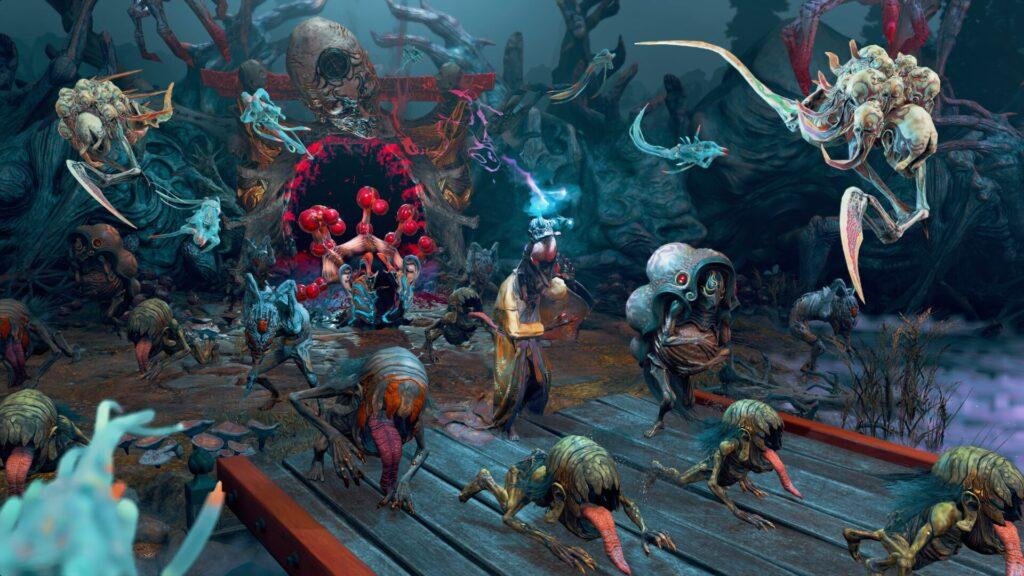
A Unique But Familiar Experience
Kunitsu-Gami stands out with its combination of action and strategy, but it’s worth comparing it to other games in the genre. Fans of titles like Nioh or Sekiro: Shadows Die Twice will find similarities in the fast-paced combat and mythical setting. However, where Kunitsu-Gami differs is in its strategic layer—players must think about territory control and resource management in ways that other action games don’t require.
This might appeal to fans of games like Total War: Shogun, though the strategic elements in Kunitsu-Gami are much more simplified. Villagers in this game are not like peons in other real time strategy games though, as you have very little time to ponder about what they will be doing as you have almost no knowledge about what will be coming during the night raids.
Not For The Faint-Hearted
Kunitsu-Gami is challenging, particularly for players who are not used to juggling action and strategy simultaneously. Boss fights require mastery of the combat system, as each enemy has distinct attack patterns that demand precise timing and patience, that sometimes it almost feels like you are playing a Souls-like game. Additionally, managing your resources and divine powers during these battles adds another layer of difficulty, as you need to kill more Seethe in order to increase your crystals that will be used to carve the Spirit Path and also change your villager roles.
New mechanics are introduced regularly between stages to keep you on your toes, including new defensive structures to help defend Yoshiro, new goals beyond just getting her from the beginning point till the Spirit Gate, and greater enemy variety.
Every stage also brought a new Seethe with widely varied attack patterns and purposes, which not only changed up the pace in a good manner, but effectively increased the difficulty. It fostered a broader train of strategic thought within myself, ranging from which villager roles to upgrade, which moves to acquire and even which structures to repair in order for you to complete the stage.
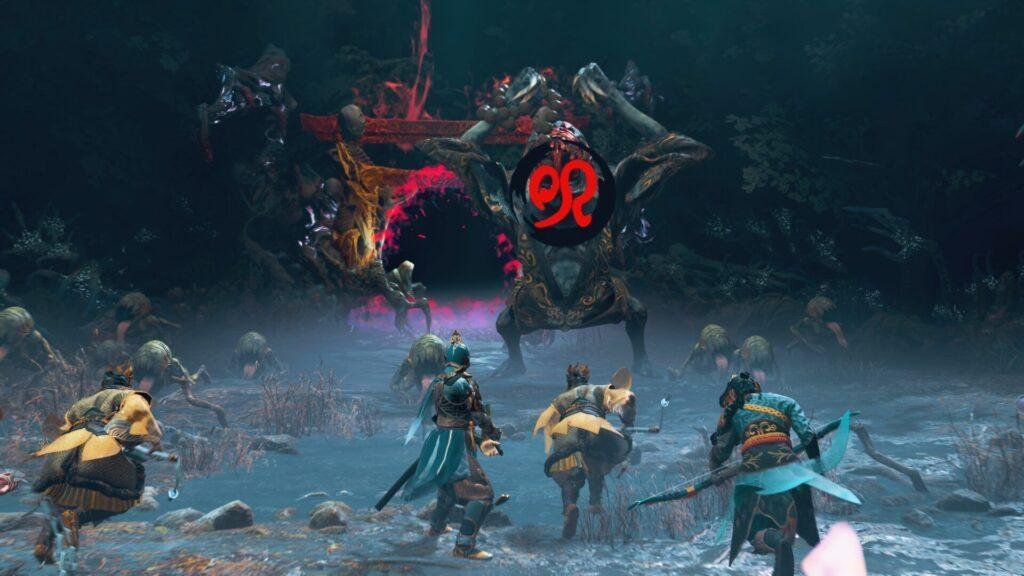
Verdict: A Mythical Adventure With Excellent Depth and Strategy
Kunitsu-Gami: Path of the Goddess showcases CAPCOM’s ingenuity to blend action and strategy in a mythologically rich world. The game’s visuals are stunning, and the combat is deeply satisfying for those who enjoy precise, fast-paced action. The hybrid gameplay, in my honest opinion, feels like the best part of the game alongside the amazing art direction.
It took me awhile to finish this game but it sure as hell was satisfying. I strongly recommend this game as it is a rare gem, a standout sleeper game in a year with very little to offer in terms of blockbuster titles. This just may be your path to a really, really good time.






